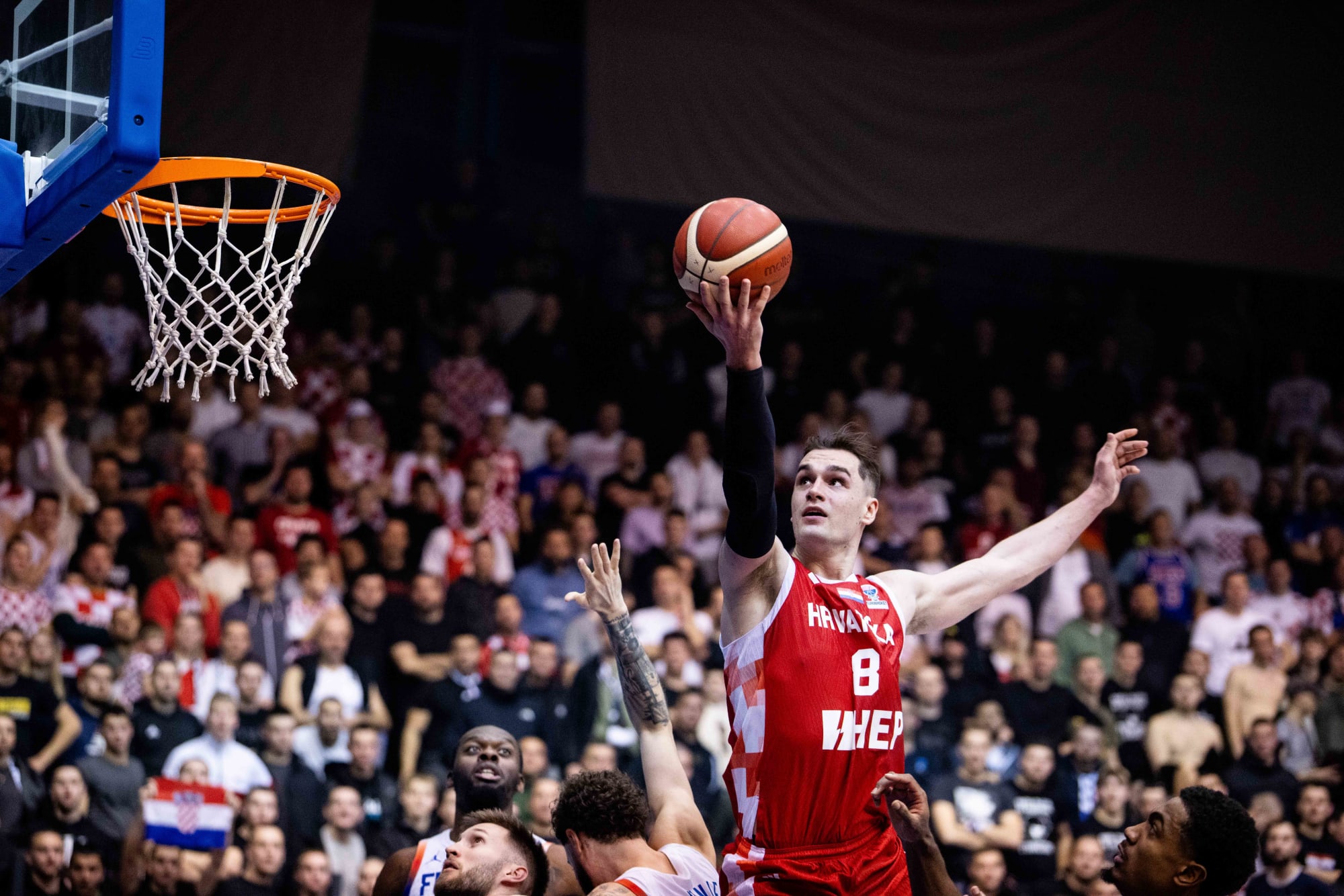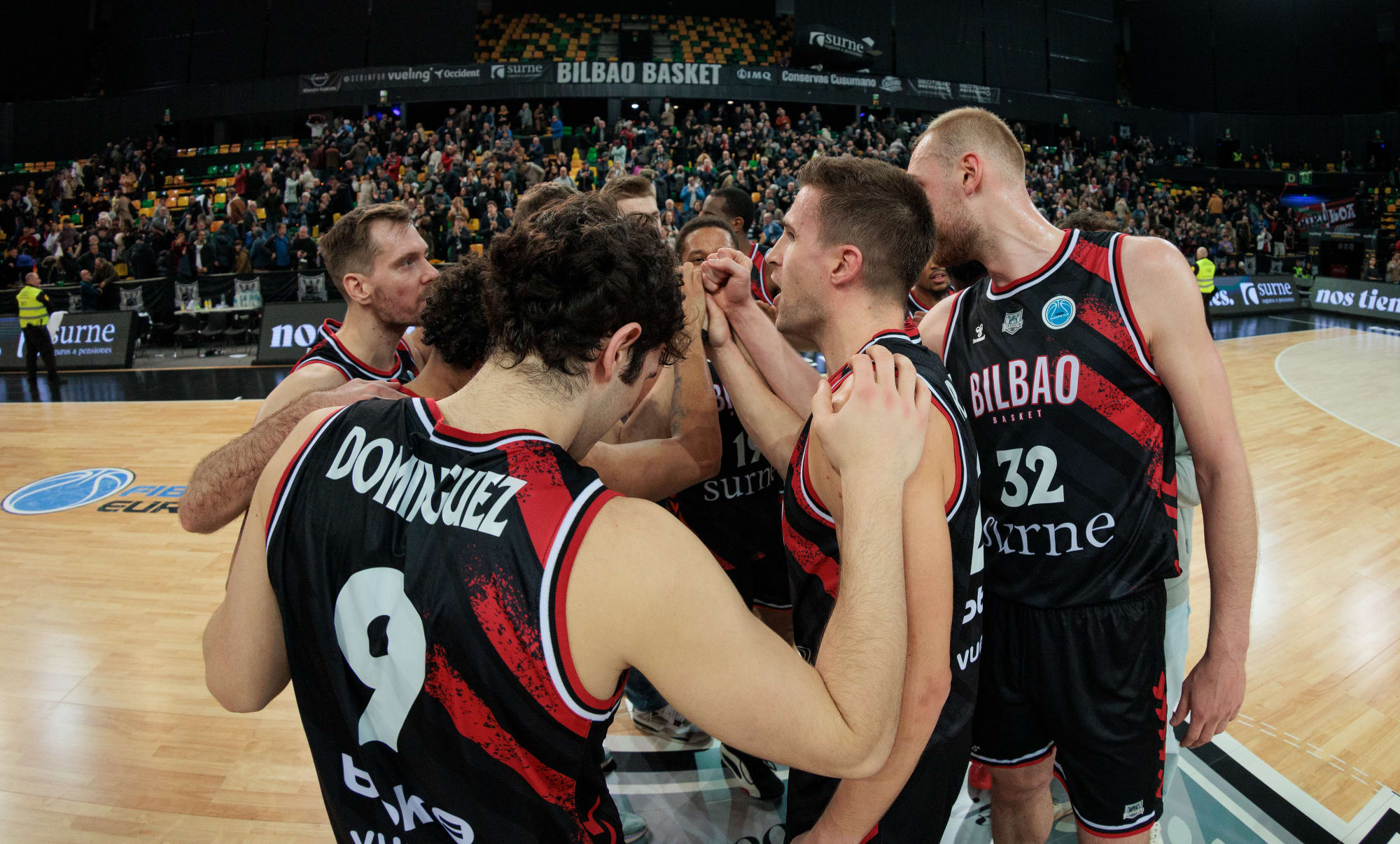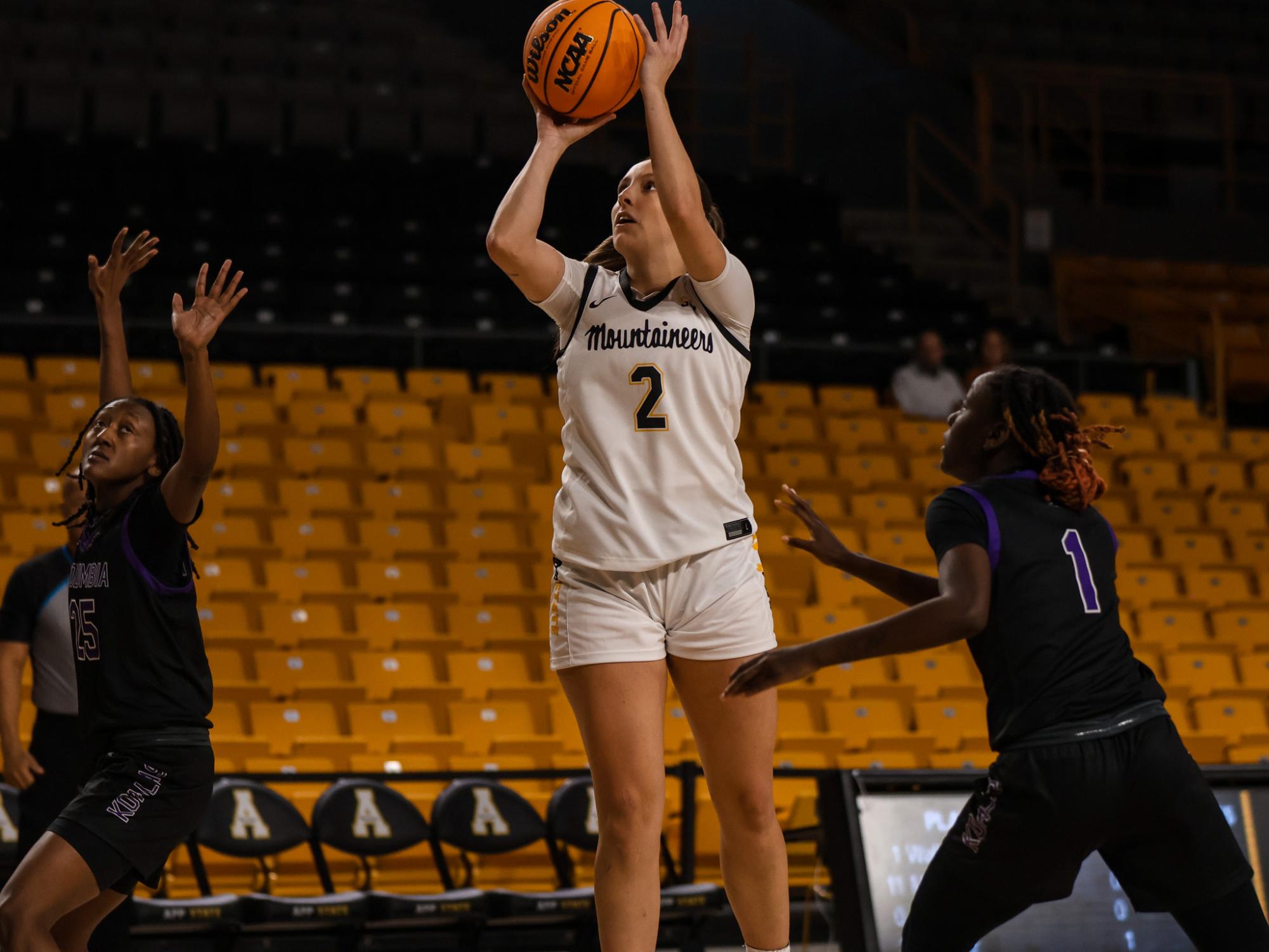NIL Threatens the Future of European Basketball

The Name, Image, and Likeness collective system in the United States is the single biggest threat to youth basketball in Europe. Every decision has hidden costs and unforeseen variables, and the far-reaching ramifications of policy often are not easily forecasted. I am reminded of the butterfly effect (not the horrible Ashton Kutcher movie, but the actual phenomenon) during every ripple NIL policy creates. The effects are not just felt within college athletics: NCAA policy has impacted youth and professional sports in America and beyond – youth basketball in Europe is the latest to be implicated.
When NIL was introduced to collegiate sports in 2021, most people saw the change in restrictive NCAA policy as a way for athletes to monetize their publicity rights through merchandise sales and sponsorships, placing them on an equal playing field with their professional peers. Very few, at the outset, saw the potential of creating backdoor “pay-for-play” contracts through NIL collectives. The concept has become universally adopted and the main form of player recruiting, where elite collegiate athletes can command six-figure salaries for their athletic talents.
Now, in 2024, due to NIL and concurrent changes to NCAA transfer restrictions, after every season, all collegiate basketball players with remaining eligibility have the option to enter a system of proxy free agency. Any collegiate program can solicit athletes for the upcoming season with one-year “pay-for-play” NIL contracts masqueraded as endorsement deals; through free market forces, this new system further escalates the compensation athletes can command. Increased sophistication of NIL collective payment practices has recently opened the door for foreign athletes to cash in on NIL Collective payments – previously understood to be a violation of U.S. immigration policy and often avoided.
Highly touted prospects with NBA potential are a vital commodity for European basketball clubs. When players under contract with European teams enter the NBA draft process, they carry buy-out clauses that can yield favorable returns for European clubs. The NBA CBA allows franchises to cover the buyout cost of up to $825,000 for the 2023-24 season without impacting the salary cap; any more owed to the European club is up to the player to cover. Since NBA rookie contracts are scaled, most buy-out clauses for European players are strategically structured around the maximum an NBA franchise can compensate.
The NBA continues to globalize, and European talent is heavily ingrained into the fabric of the league. Many of the league’s current brightest stars have been developed within European basketball systems: Luca Doncic (Real Madrid), Giannis Antetokounmpo (EFAO Zografou), Nikola Jokic (KK Mega Basket), Victor Wembanyama (Metropolitans 92), Domantas Sabonis (Unicaja Málaga), and several more. For the upcoming 2024 NBA Draft, four of the top ten projected draft picks are currently under contract with European clubs.
It is evident that the European system has been successful in talent development. Unlike the American youth development systems funded by the families of young athletes who participate for the opportunity to play in college and generate revenue regardless of athlete success, the European system treats youth development as an investment: youth athletes who develop into strong prospects can be purchased by higher tier clubs and generate revenue for the organization. The players that this highly organized system has been able to produce speak volumes about the effectiveness of the European model.
Often starting around the age of twelve, clubs foster talent not only to develop the next generation of basketball stars but also, in part, to keep the lights on. In the wake of hefty NIL payments to college athletes, the tradition of European youth basketball development will, at a minimum, be fundamentally altered.
In conversations with David Carro Funes, CEO of FairPlay Agency and Octagon Basketball Europe Senior Director, he stated that the impact of NIL on European basketball is two-fold: “Clubs lose two things: clubs lose the leverage to pay guys b*****t money and clubs lose the motivation to develop young players.”
Regarding the “BS” money, Carro Funes described that in today’s system, “a player like Luka Doncic would never play for Real Madrid if NIL existed. For a player that good, the amount of money an American college could offer him would be much more lucrative than any EuroLeauge contract at that age. It is a widespread practice in Europe that talented players are signed to long-term youth contracts that, and, for players like Luka, who is capable of playing on the first team before age 18, make a tiny fraction of what older players command.”
Doncic, now the star of a finals-bound Mavericks team, held an unusually high buyout when he entered the league in 2018 at $2,000,000, a massive payday for his former team, Real Madrid, that could finance the acquisition of many exceptionally talented players. This new dynamic seems positive for high-level European players: NIL talent markets deliver leverage to athletes to command higher salaries at a younger age. However, this new paradigm may not yield that theoretical effect in practice.
According to Carro Funes, many teams are rethinking the viability of youth programs. For Liga ACB, the highest league in Spain, clubs spend roughly $500,000 annually to run their youth programs. Now, European youth players are leaving for America earlier and earlier and forgoing professional EuroLeauge contracts that provide a return on investment for these clubs. Carro Funes describes the overarching sentiment, “teams are saying if this is going to be the future, what are we doing.”
Recent Spanish basketball defector Aday Mara, who left Basket Zaragoza to chase NIL money at UCLA, is a prime example of the biggest fear of EuroLeague clubs. After some legal uncertainty, Mara resolved his buyout arrangement worth roughly $700,000. While Mara made good on his contract, early termination for many European players is bad for the overall health of the league and the talent pool within EuroLeague. It is not unreasonable to think that some players may try to evade buyout clauses completely and implicate their respective clubs in international legal battles. What is certain is that youth prospects in Europe will be very disincentivized to agree to buyout arrangements when they are footing the bill themselves.
Mario Fernandez, Sporting Director for Barcelona Basketball, states that “before [NIL], the chance of continuing basketball and personal development at US College was already an attractive option, but now the appearance of economic figures that are completely unattainable in the European sports paradigm makes going to college almost an obsession for most European players.” Elite European talent can command triple and sometimes quadruple the amount of money through NIL arrangements; for prospects overseas, playing in the NCAA is a business decision.
It is not only the players who are interested in abandoning EuroLeauge, “[players] are driven not only by their own ambitions but also by those of their agents, who, motivated by the possibility of monetizing their athletes at an absolutely unimaginable age/price range not long ago, push them [to America] and constrain the development system in Europe.”
It is apparent to Fernandez that “European training academies will undoubtedly have to rethink their functionality, objectives, and orientation as development centers because most of the material they work with will leave as an unfinished product.” Structural change has already been implemented by many across Spain, “some first/second level clubs will have to bet on becoming training clubs, daring to offer young players the opportunities and visibility elite clubs do not offer, thus filling a role that until now was nonexistent because it was not necessary.”
So, what is the overall impact of this new reality? In the eyes of Fernandez, “the paradigm changes completely… especially for clubs like ours, at the top EuroLeauge level, it is really difficult for a player to move from the U18 to have an important role on the first team.” Placing young talent at the center of Europe’s highest stage is not part of the development process that has worked for so long. Due to the lure of NIL, players who may not be ready for the next level could be prematurely thrust into higher leagues to ensure buyouts and provide more competitive compensation.
In the near future, we will likely see the removal of many youth programs across Europe. Economic forces caused by NIL collective “pay for pay” contracts have rendered the European system of youth basketball development economically unfeasible. While these changes have delivered positive leverage to up-and-coming basketball talents, the lack of youth development opportunities poses an immediate concern about how elite prospects can even be cultivated in the first place.
It is not crazy to think that NIL poses a significant long-term threat to the NBA. With a less robust European talent development pipeline, the volume of European basketball players will undoubtedly fall. So much of NBA history has been made off of the blood, sweat, and tears of European players: Arvydas Sabonis, Detlef Schrempf, Drik Nowitzki, Pau Gasol, Tony Parker, and so many more. Weakening the European connection to the game hurts the NBA product and the market penetration of the NBA in Europe.
Related
Seeds confirmed for FIBA Basketball World Cup 2027 European Pre-Qualifiers…
MUNICH (Germany) - The seeds for the FIBA Basketball World Cup 2027 European Pre-Qualifiers Second Round draw have now been confirmed.The 12 participating teams
Bilbao’s continental stars fueling quest for European success
BILBAO (Spain) – After missing out on the FIBA Europe Cup Final last season, Bilbao Basket hopes that its international contingent can help them take that ext
FIBA EuroBasket 2025 seeds set for draw
The official EuroBasket appDownload NowMUNICH (Germany) - The seeds for the FIBA EuroBasket 2025 draw have now been announced, following the latest update of th
Mara Neira shines as face of European basketball in Boone…
When senior guard Mara Neira was growing up in Galicia, Spain, she dreamed of playing basketball in the United States. Today, she gets to live












